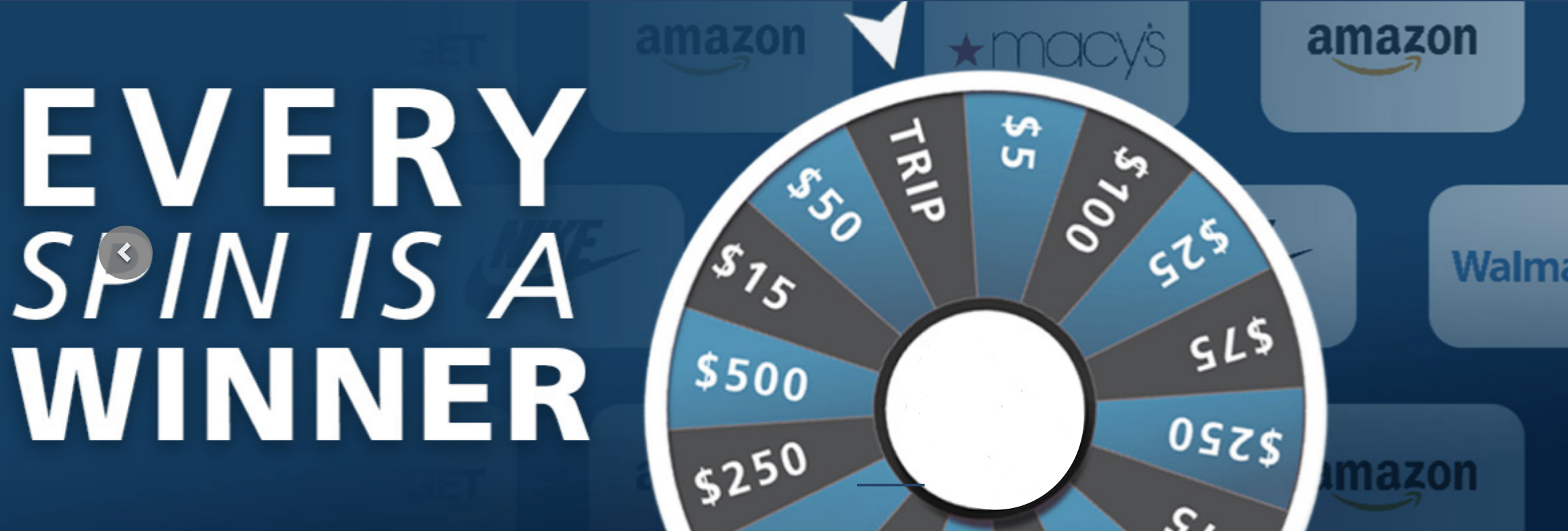As a channel manager, you have the choice to gamify your programs via structural or content gamification to improve upon your bottom line. Coined by Karl Kapp, Professor of Instructional Technology at Bloomsburg University, these two types of gamification are the keys to higher productivity and profitability.
Structural gamification is when a program has game elements included in the structure of the content but the two are unrelated. In other words, gameplay and communication content are not related, so this allows for greater program flexibility, higher efficiency, and cheaper costs. This includes your badges, higher tiers, progress meters, etc. Think of your LinkedIn profile and how users are motivated to achieve 100% profile completion simply by adding elements like a progress meter and tier levels. These are commonly used to drive engagement and motivation within your program.
Content gamification is when your program’s actual “fun” game elements are related to the game’s application. These are also known as “serious games,” and, because of the connection of your program’s goals to the game’s end result, these are more specialized, requiring higher intellectual capital (to play and create), and therefore are less flexible and tend to be more expensive. Common examples of these include Farmville, Duolingo, etc. They are commonly used as a training and/or learning method as a way to make it more engaging and more fun for the user.
The Four Golden Rules of Gamification
Gamifying your promotions only works if your channel program or business goals are identified and align with your gaming elements. While you must first identify your unique promotional goals, here are four rules to follow to effectively leverage gamification in your sales channel:
1) Provide your participants with multiple ways to win. 
2) Allow most of your participants to win at least once. This doesn’t mean everyone should be winning a grand prize because that would be costly and inefficient. Instead, set up your game so that prizes are dispersed accordingly to value; for example, certain slices could be $5, $10, or $15, while only one slice is worth $100. This keeps program participants motivated and ensures that they keep engaging since they know some sort of prize is likely. This can also serve as a barrier for over-competition between sales reps.
3) Make sure your rules are communicated and understood. For the sake of all parties, program intent should be communicated and easily accessible within your promotions. Misunderstandings frustrate and therefore disengage and demotivate, which is directly counterproductive to the point of gamifying your workflows. This could be done via email communications, access to PDFs or landing pages describing the games, or within your program details. Our content management Toolkit is a great example of this: it allows program administrators to add content that is easily accessible by all channel participants, facilitating transparency.
4) Leverage strategic partnerships to offset costs and increase revenue. Cobranded partnerships offer the ability for organizations of different sizes to work together to achieve bigger results. For example, consider a Spin-to-Win where each prize slot has different valued rewards, fulfilled by partner organizations. Think, one spin may offer the local coffee shop coffee, and a different company may offer a $100 gift card as a reward.
As a channel manager, you have the choice to gamify your programs either via structural or content gamification to improve upon your bottom line. Schedule a demo to see how WorkStride can help you implement gamification in your channel incentive program!